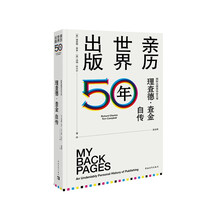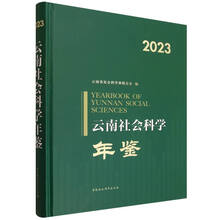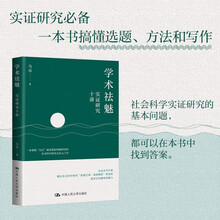There is a great deal of truth in these comments and it remains centrally important to get past just ' talking the talk ' .
Preparing this ' special edition' of an already established publication was a project that emerged from the success-as well as the shortcomings-of two previous editions of theUN Creative Econ,om,y Report prepared by the United Nations Conference on Trade and Development (UNCTAD) in 2008 and 2010. Pioneering volumes, these editions were entirely nation-based approaches; they foregrounded detailed statistics on the international trade in cultural goods and services of countries across the world. They also hewed largely to the reigning creative industries/creative economy paradigm, over-emphasizing the pecuniary benefits of the cultural goods and services value chain, in other words the economic bottom line. What is more, although they were designed to inform policy-making everywhere, did not actually engage in any depth with the realities of the global South, despite the fact that the uncritical adoption of creative industry policy nostrums from the Global North have clearly become increasingly counter-productive.
The West is still good at generating forms of knowledge that constitute what are presumed to be universally valid principles: these make up the s global script' I refer to the title. But as these ideas havetravelled, many of have been received and then adapted, connoted and interpreted in different ways. The emergence of a multi-polar world has helped consolidate these transformations of understanding and usage. In some domains, such as heritage, the contestation of the reigning global scripts has actually been quite significant; in others, such as the icreative economy' , the process of adaptation has been much weaker.
The reigning normative policy script in this domain may be characterised in the following terms: to compete in the new creative economy, cities should seek to implement particular initiatives: encourage creative industry clusters, incubate learning and knowledge economies, maximise networks with other successful places and companies, value and reward innovation and aggressively campaign to attract the 'creative class' as residents. Beyond the city, policies promoting growth of the creative economy as a competitive strategy are emerging at various scales and in increasingly diverse places-from municipalities to national and even multilateral trading regions.'
What the Kong, Gibson etal. paper went on to argue was that globalisation has enabled more rapid and penetrating fiows of ideas about creative economies, influenced by the shifting geopolitics of production and business organisation. Changes in media, new communications technologies and increased traffic in ' experts' via consultancy work, conferencing and international contracting have contributed to the pervasiveness of policy discourse about creative economies. As of 2008, they would have had to have added the work of UNCTAD and the UNDP.
They also reminded us that the creative economy has gained a level of importance also because the very tradability of knowledge and services has been advanced. Prior to the digital era, the domain of 'culture' was largely insulated from phases of industrial globalisation when thought of as ' national culture'.
……
展开










